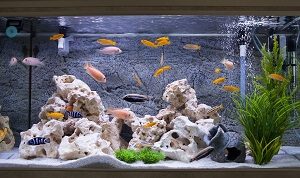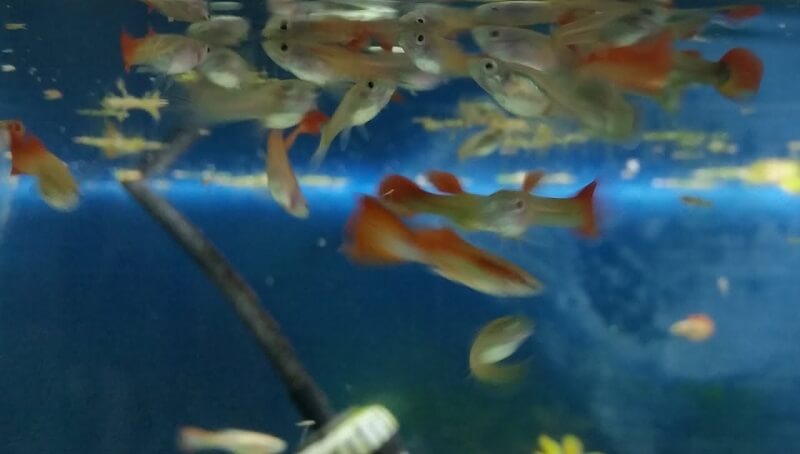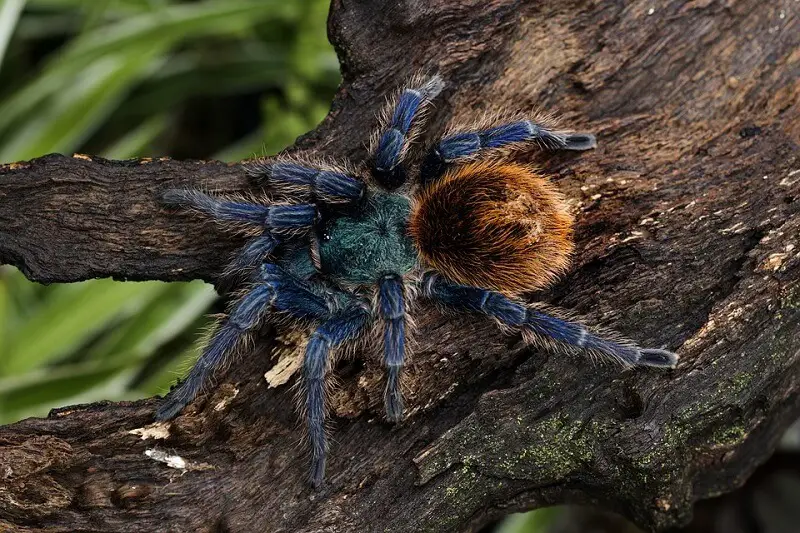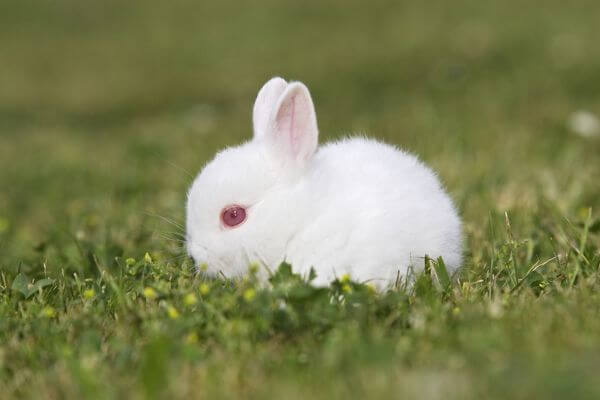When getting an aquarium, especially if it’s your first one, you will have to learn a lot about fish and how to properly keep them, from decorating the tank to cleaning it, and feeding the fish. Along with this basic info, you will also have to learn about the obvious signs of something not working properly. Keeping fish will be different from keeping other pets like dogs or even rabbits in the sense that you won’t be able to pet the creature to check if everything is ok. What you will have to do instead is to consider the whole ecosystem inside the tank as a living being and pay attention to everything that happens inside the glass walls. One example is fish swimming at the top of the tank, something that warrants immediate action from you. Below you will find information on what you should do if you notice your fish spend a lot of time at the surface.
What does it mean when your fish swim to the top?
Your fish swimming to the top of the tank is usually a sign that they aren’t getting enough oxygen. Unlike land-living organisms, fish will make use of their gills to take in the needed air, which they will find in the water. Even so, there are instances in which there really isn’t enough oxygen in the tank for all the fish to breathe with ease. When they are faced with this problem, the fish will swim to the surface, in the hope of finding water more packed with oxygen. While closer to the surface, you will notice them gasping or giving out other signs of illness.
You might also like my articles on why is the water in the aquarium green, how to stop fish from getting stuck to the filter intake, or the benefits of Marimo moss balls in aquariums.
Things you can do when fish stay at the top of the tank
YOu should never ignore your fish coming to the top to breathe because this is pretty serious. Instead, there are a few things you can do right away. Even if going through the steps outlined below will fix the initial issue, you should still consider rethinking the whole setup of the tank in the future to prevent this from ever happening again.
Do a water test
These tests on the water should be done pretty regularly and every time you change out the water. What you will have to check are the ammonia, nitrates, and ph levels, to look for any out-of-the-ordinary results. These levels will get out of the normal ranges when you have a serious problem in the aquarium, like an overpopulation issue.
Another issue could be the fact that excess food resulting from overfeeding is rotting at the bottom of the tank. The chemical levels of the water can be brought down with the help of conditioners and partial water replacement, but these actions should be taken as soon as possible to avoid any serious health issues for the fish. The long-term task you will have on your hands will be to reduce waste production. It will usually only require you to put less food inside the tank. You can also try to add some live plants, which are known to remove nitrogen compounds and produce oxygen naturally.
Check the filter
Although a properly set up filter will help you remove parts of the waste from the tank, the water still has to be cleaned frequently and changed periodically. The job of a filter is to also stir up the water enough so that it flows through air consistently and gets oxygen almost evenly. If you want to increase the level of oxygen, which would enable more fish to breathe easily, add some other elements, like a bubbler, for example. Replace any removable pieces, like sponges, and examine your filter for any breaks or malfunctions. The final step is to check that the overall filtering system is big enough for your tank and the number of fish you have. If not, you will have to consider getting a larger filter, especially if you just recently added new fish.
Install a thermometer
 You might not know this, but the temperature inside the water is really important and will make a huge difference in terms of oxygen levels because warm water will usually hold less dissolved oxygen than cold water. What this actually means for you is that you will have to be extra careful when the temperature around the tank rises, either due to hotter seasons or due to a tank heater. To make sure that the temperature stays consistent, you should track the climate and temperature all the time.
You might not know this, but the temperature inside the water is really important and will make a huge difference in terms of oxygen levels because warm water will usually hold less dissolved oxygen than cold water. What this actually means for you is that you will have to be extra careful when the temperature around the tank rises, either due to hotter seasons or due to a tank heater. To make sure that the temperature stays consistent, you should track the climate and temperature all the time.
When you see fish gathering toward the top of the tank, you should immediately try to turn down heat sources and even bring the temperature of the whole room down. Never make drastic, sudden changes. You should never let the temperature fall below the recommended level and never adjust it abruptly, to avoid shocking your fish. To provide better ventilation, you can even try moving the tank, when necessary.
Remember that one of the biggest concerns for aquarists is overcrowding. If you’re a newbie aquarium owner, I strongly recommend that you start with a small number of fish in a small tank, to understand all of the tricks to keep fish happy and healthy. You can go for more advanced projects as soon as you feel confident enough. This will likely happen at some point anyhow, especially if the fish in the small tank multiply or grow to the point where you will have to move them to a new tank. It won’t take long for you to get confident enough to take care of multiple tank systems of different sizes, full of all kinds of aquatic creatures.




